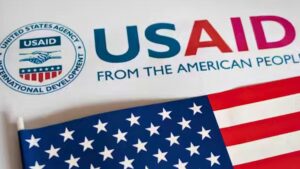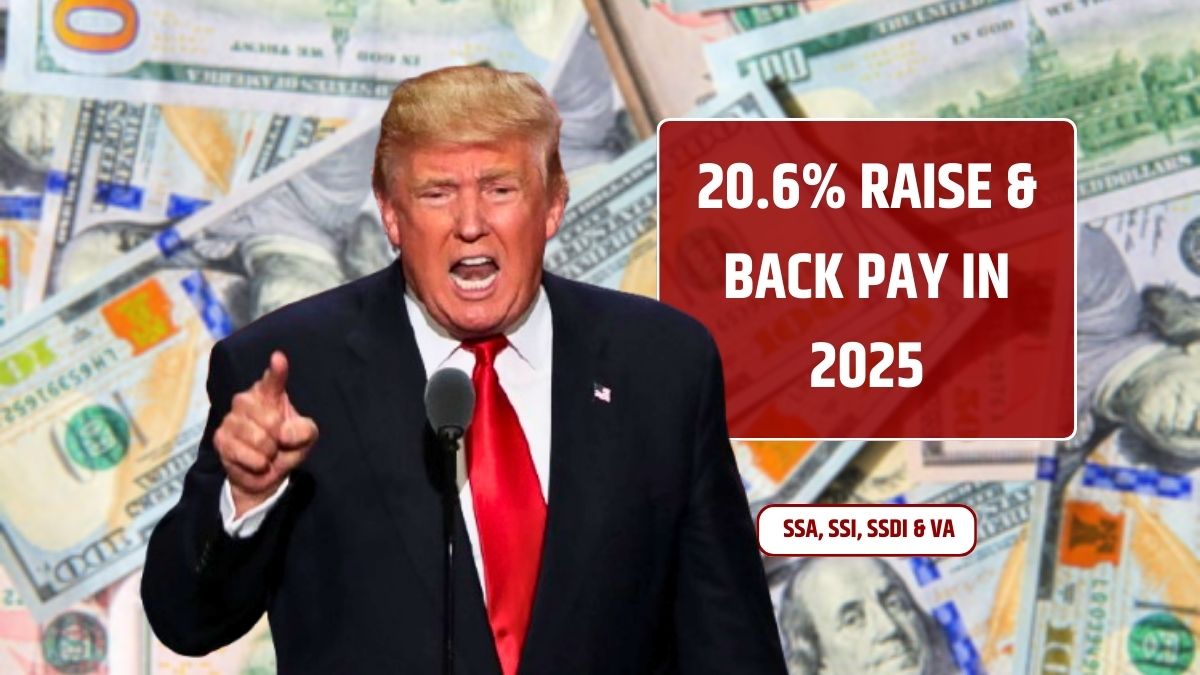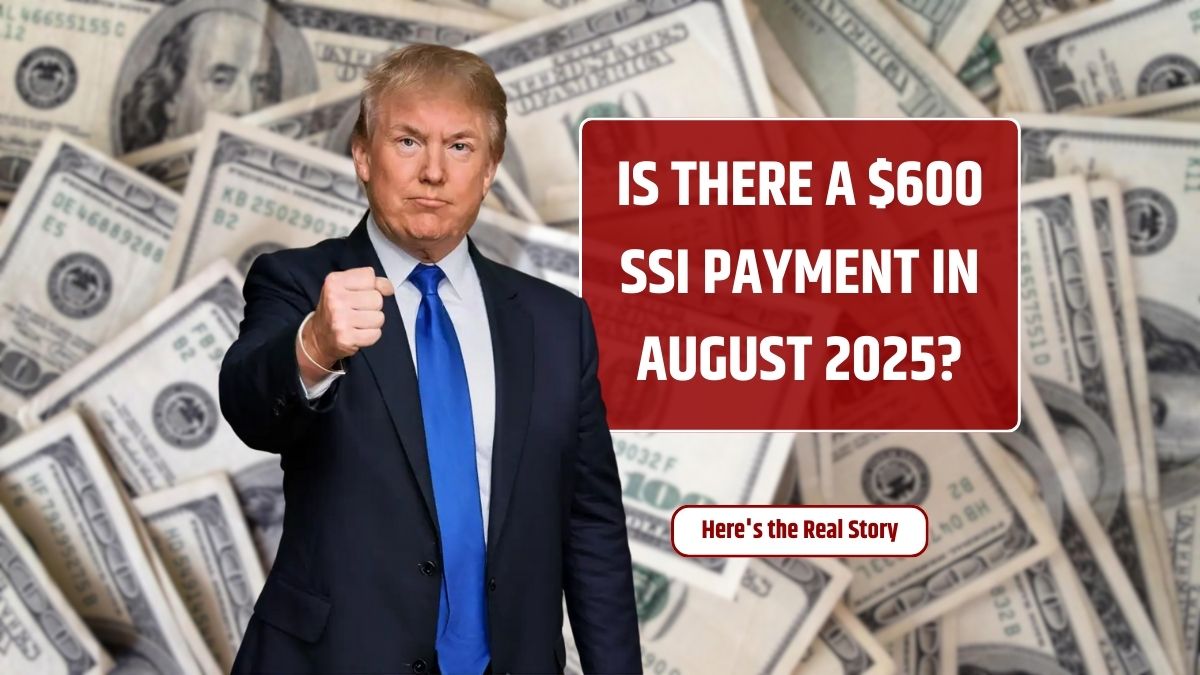This year has marked a critical turning point for U.S. food and agricultural aid. Long-standing programs that once had strong bipartisan support are being dismantled or severely reduced. From Food for Peace to Feed the Future, the legacy of American leadership in food security is being fundamentally reshaped—and not for the better.
These shifts come at a moment when global hunger was finally starting to ease after years of stagnation caused by the COVID-19 pandemic. But the gains are fragile. As the U.S. withdraws funding, the global food system is unraveling—putting millions of lives, livelihoods, and entire programs at risk.
Collapse
The scale of the cuts is staggering. Feed the Future has been entirely eliminated. Food for Peace Title II, once a cornerstone of emergency food assistance, now faces an uncertain future and shrinking budgets. While some emergency aid remains, long-term investments in agricultural development are all but gone.
Stephanie Mercier from the Farm Journal Foundation recalled what happened the last time global agricultural investment fell off a cliff. In 2007–2008, food prices spiked, sparking riots and mass hunger in countries that had seen the slowest growth in farm productivity. “We know what happens,” she said. “And we’re repeating that history.”
Deaths
The human toll is already showing. A recent study in Nature attempted to measure the cost of this funding rollback. The findings are grim: U.S. and Western donor cuts could reduce nutrition aid by 44%—an estimated $700 million loss globally.
This shortfall will result in 2.3 million children losing access to lifesaving nutrition treatment, potentially causing 369,000 additional child deaths annually. Of these, more than 163,000 could be directly linked to U.S. aid reductions alone.
Impact of Global Food Aid Cuts
| Metric | Estimated Impact |
|---|---|
| Global nutrition aid loss | 44% of $1.6 billion |
| Children losing treatment | 2.3 million |
| Extra child deaths/year | 369,000 |
| U.S.-linked child deaths/year | 163,000+ |
One critical casualty of the cuts is ready-to-use therapeutic food (RUTF)—a peanut-based paste used to treat severe acute malnutrition. Nearly half the global supply is produced in the U.S., but with shipments stalled and payments frozen, these vital packets are sitting in warehouses instead of reaching children who need them.
Systems
These disruptions aren’t just about feeding people. The entire system that tracks hunger is at risk. When USAID paused operations in January, its famine early-warning network, FEWS NET, went dark. It’s back now, but the infrastructure that supports it is shaky.
The IPC—used to classify the severity of food crises—relies on partner organizations for data. Many of those partners, including FAO, Action Against Hunger, and Oxfam, are now facing steep funding cuts. FAO’s Data in Emergencies Hub has already stopped operations in most countries because of its reliance on U.S. support.
Fallout
It doesn’t stop there. FAO itself, the U.N.’s lead food agency, has seen more than 100 U.S.-funded programs worth $348 million terminated. Its global health security program—responsible for monitoring animal diseases like bird flu—has lost 90% of its funding.
The World Food Programme is also in crisis. In April, it announced plans to cut up to 30% of its workforce, potentially impacting 6,000 employees. WFP needed $21.1 billion in 2024 to support 150 million people—but raised less than half. That shortfall is now forcing impossible choices: who gets food and who doesn’t.
Policy
There are domestic consequences, too. U.S. food aid programs aren’t just about charity—they’re a key market for American farmers. USAID buys nearly $2 billion in food from U.S. producers. Without that outlet, farmers may face lower prices, fewer contracts, and more economic uncertainty.
Senator Amy Klobuchar warned that farmers are already under stress from tariffs and market volatility. Removing this support, she said, could turn them into “roadkill” under the administration’s policies.
Cash
While traditional food aid is being slashed, cash transfers—considered one of the most effective ways to support food security—are also on the chopping block. Despite years of success, cash assistance programs are facing the same funding squeeze, even though they stretch resources further and allow people to buy food locally.
Cate Turton, director of the CALP Network, said we’re at a critical moment for this approach. Cash and vouchers work—but they require sustained donor commitment.
Future
Ultimately, experts argue that cutting emergency food while abandoning long-term agriculture investment is a short-sighted strategy. As former USAID leader Dina Esposito said, “It doesn’t fly if you don’t include all the parts.” You can’t solve hunger by delivering food alone—you need to invest in the systems that grow, deliver, and track it.
With donor fatigue setting in and political winds shifting, the future of global food aid looks shaky. But hunger doesn’t wait. And without serious course correction, the trail of these cuts may stretch far into the future—with deadly consequences.
FAQs
What U.S. food aid program was cut entirely?
Feed the Future was eliminated by the Trump administration.
How many children will lose nutrition treatment?
About 2.3 million children globally.
What is RUTF used for?
It treats severe acute malnutrition in children.
How many U.S.-linked child deaths are expected?
Over 163,000 child deaths per year.
Why is cash aid under threat?
Donors are cutting funding despite its effectiveness.












